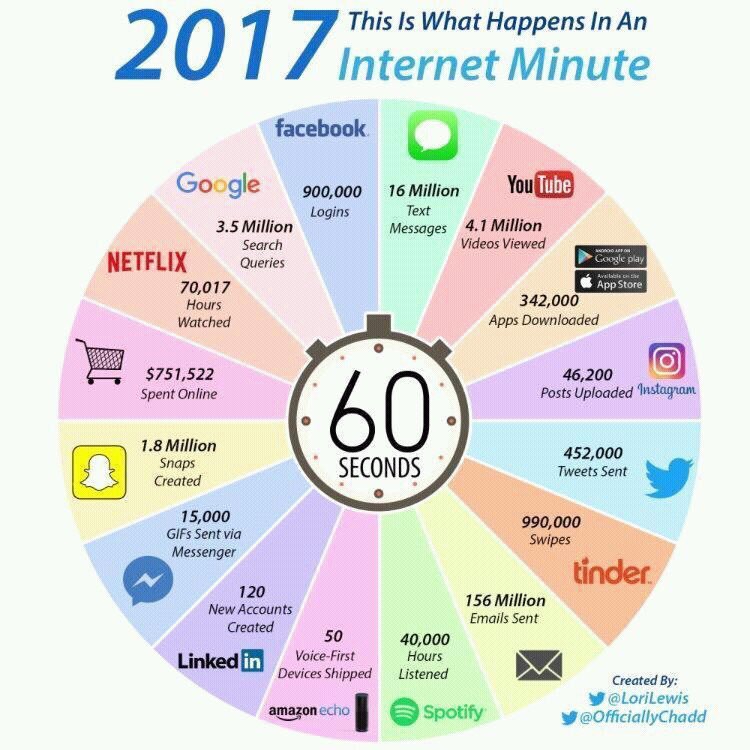Everyone’s talking about Big Data these days, and many companies hire data scientists. The growth of Big Data has been driven by our changing consumption patterns and is growing exponentially. Some of the data we don’t use at a regular base, but sometimes we just want to keep it, you can think of all your pictures made with your digital device/camera. Before the launch of the digital camera we had just one chance to do it right, maybe a few more but that meant you could make less pictures of other things. Also the regulations plays a role, for some specific business areas you should retrieve your customer/business data from the last 10 years. You can imagine that means a lot of storage! Luckily there are different ways of saving your data, what can save money.

Smart phones, cloud computing and broadband connections ensure that we’re constantly consuming and generating data. This new, fast and simple access to data ensures that we’re always “on.” Think about it – what’s the first thing you do when your plane lands? Turn on your phone, right? After that, you probably check your email, Facebook or Twitter. When you do that, you aren’t just accessing data – you’re creating it. This kind of consumer behavior created Big Data.
Our consumption patterns have changed because of plummeting technology costs. Technology – especially storage and bandwidth – has become extremely cheap. This change really can’t be understated. Modern, inexpensive technology enables and even encourages us to contribute to Big Data.
In 1990, data storage cost $10,000 per GB. By 2010, that figure had fallen to ten cents.
Affordable technology and Big Data allow for 48 hours of video to be uploaded to YouTube every minute. It allows over 200 billion videos to be viewed each month. Without Big Data, such things wouldn’t be possible.
Most Big Data is unstructured. Previously, data was relational, meaning it was much simpler and could easily be read on tables. Just think of a chart with customers in one column, and the products they’ve ordered in another. Unstructured data, on the other hand, is very messy. It can’t be organized the same way. Each tweet about your product is a piece of data, but you can’t just put tweets into a table.
Why? Because tweets don’t have just one relation to another thing. Imagine if someone tweeted that they were considering your product. That tweet could contain a lot of data, like the person’s age, hobbies, demographic, education, or more.
So you simply can’t make a table with “Tweet #1” and all its characteristics in columns – it would be unmanageably huge. Now imagine trying to do that with thousands and thousands of tweets! It would be impossible. This is what makes the data “unstructured.”
Unstructured data accounts for more than 80 percent of organizational data today.
If we can learn to manage unstructured data, we stand to gain great insights into consumer behavior. Unstructured data is actually a huge opportunity.
Netflix is a perfect example of this. They keep track of where, when and how many times their movies are watched. They also track which devices their users watch them on, and they monitor people’s comments about the company on Facebook and Twitter.
Good and bad:
- with Big Data, you’ll never use Excel or Access again.
- You’ll have to use new platforms if you want to get the most out of Big Data, and the platforms have to be versatile. Hadoop, for example, is a large collection of projects that handle data. It doesn’t have one standard configuration. Instead, it’s made up of several subprojects that are each quite complex.
The precise workings of Hadoop are very technical, but it’s essentially a tool for breaking down Big Data tasks into smaller subtasks. Those subtasks are then processed individually, and put into new data sets. Facebook uses Hadoop to analyze huge swaths of user data.

You’ll be able to use this information to predict which products will sell well. You’ll also know when customers are about to leave you, so you can try to win them back.
So what’s the future of Big Data? Some people overlook the effect it will have on the consumer market. For one, we’ll see a slow move from active to passive data. Currently, most of our data is actively created. That means we use the internet through our laptops or smartphones, and create our data ourselves.
But increasingly, data will be passively generated. We’ll have cars, TVs and other devices that will connect to the internet and track our behavior. These technologies will create data on their own. This may seem like an invasion of privacy, of course. It also means, however, that our technology will adapt itself to our specific behaviors.
In the future, technology will be able to use big data more effectively, which will make products “smarter.”
But we need to keep one thing in mind, SECURITY! Cybercrime is growing and growing.. There are enought stories where companies or consumers didnt secure there data good enough! Interesting read by Forbes, how the the cyber crime is evolving.
If you would like to have some more in depth knowledge about big data, you definitely should read the following article. The size of the digital universe will double every two years at least.
Share your thoughts! Love, Marietta


